The childcare subsidy is explained below after we tell you about other subsidies and tax credits you may or may not be also eligible to apply for or get.
Contents
- Early learning payment
- Best Start tax credit
- Guaranteed childcare assistance payment (parents under 20 years)
- Flexible childcare assistance (to help with a babysitter or informal childcare costs)
- WINZ Childcare subsidy (to help pay ECE fees)
In addition, the government is introducing FamilyBoost – a tax rebate on ECE fees for low to middle-income households. Read more: FamilyBoost Childcare Tax Credit – The Office of ECE (oece.nz)
1. Early Learning payment
Families getting the Early Learning Payment because their child is enrolled in a Family Start or Early Start programme and aged 18 months to 3 years, are not eligible to receive the Childcare Subsidy for the same hours. From 1 April 2023 the maximum hourly rate for the Early Learning Payment per child is $9.09. The maximum weekly payment (20 hours) for each child aged 18 months to 36 months $181.80. WINZ have not published new rate amounts for 2024 so we assume that the 2023 rates remain.
2. Best Start tax credit
The Best Start credit is paid to all families until their baby turns one, provided they are not receiving paid parental leave. Those whose household income is less than $97,726 can receive a payment until their child turns three. From 1 April 2024, the rate for the first year is $73 per week.
3. Guaranteed Childcare Assistance Payment
Parents under 20 and in full-time education, or work-based training may get the Guaranteed Childcare Assistance Payment (GCAP) to assist with the cost of childcare fees at a licensed ECE service. GCAP covers the actual childcare service fees, up to $6.38 an hour or $319.00 per week (from 1 April 2024). It is usually paid straight to the early childhood centre or service who must deduct the payment from the fees it charges the eligible parent. GCAP can’t be paid for an informal carer or babysittter. GCAP application form
4. Flexible childcare assistance
This is available to contribute to the costs of having someone care for your child for 3 or more hours a week because you are working, studying or training for employment. You may not be able to get this payment if the child’s other parent or caregiver can take care of them. If you get Flexible Childcare Assistance, you can still apply for the Childcare subsidy to help with childcare costs during the times you’re able to access a licensed ECE childcare programme. See full details: Flexible Childcare Assistance
5. WINZ Childcare Subsidy
The WINZ Childcare subsidy is the main form of financial assistance available to help New Zealand families pay the cost of fees to a licensed ECE service. The childcare subsidy is available for children who attend a licensed early childhood service for 3 or more hours a week.
Parents not in paid employment, studying or training may be eligible for a WINZ Childcare Subsidy for up to 9 hours a week.
Parents in paid employment, in training, are seriously ill or disabled, caring for a child in hospital, or caring for a child for whom they get a disability allowance for may be eligible for the subsidy for up to 50 hours a week.
The WINZ subsidy is only available to families for children under 5 years of age. But it may be extended beyond the 5th birthday if the school has advised that it will not allow the child to start until the beginning of the term straight after the fifth birthday.
Children who receive a Child Disability Allowance can continue receiving the WINZ Childcare Subsidy until 6 years if staying in early childhood education beyond the fifth birthday.
If the ECE service receives 20 Hours ECE funding scheme for the child, then the child’s parents/caregivers cannot get the Childcare Subsidy for the first 20 hours.
Parents/ caregivers can choose to ask their ECE service not to claim the 20 Hours subsidy so that they can instead claim the WINZ subsidy.
Try to apply before you need the Childcare Subsidy
It is recommended that parents/ caregivers apply for the subsidy at least 3 weeks before needed. Allow time for the ECE service manager or owner to complete a section of the application form.
Application
The Ministry of Social Development operates an online application process. This may be an issue for families without reliable internet connection, literacy skills, or with English as a second language. If you know a family in this situation offer support and suggest they request the assistance of their ECE service to undertake the application process. Download and print a copy of the Application form.
Change of Circumstances
Should a parent (including partner) have a change of circumstances that may affect payment, change of hours of childcare, etc. then notify the Ministry of Social Development of the change of circumstance. Download and print a copy of the Change of Circumstances form.
Contact
Parents/ Caregivers
Phone 0800 559 009
ECE Service Owners and Managers
Use the following number or email address for queries about subsidies or payments, or to let MSD know about changes for the service (e.g., closures) or for a child.
Phone 0800 776 843
Email [email protected]
WINZ phone/office opening hours: Monday to Friday, 8am – 5pm
Payment
WINZ stops the payments when the ECE service closes for Christmas holidays.
WINZ Childcare Subsidy Rates
Each year there is a small adjustment to the childcare subsidy per hour/ per week rate amounts.
These are the rates from 1 April 2024 (the previous rate amounts are included in brackets so you can see how much the rates have increased in the last year)
| Payment Rate | Number of children | Gross weekly total household income before tax | Amount per hour non-taxable | Amount per week maximum up to 50 hours non-taxable |
| Rate 0 | One | Less than $1,062 | $6.38 (was 6.10) | $319.00 (was 305) |
| Rate 1 | One | $1,062 to $1,933.99 | $5.09 (was 4.86) | $254.50 (was 243) |
| Rate 2 | One | $1,934 to $2,094.99 | $3.56 (was 3.40) | $178.00 (was 170) |
| Rate 3 | One | $2,095 to $2,256.99 | $1.99 (was 1.90) | $99.50 (was 95) |
| Nil | One | $2,257 or more | Nil | Nil |
| Rate 0 | Two | Less than $1,221 | $6.38 | $319.00 |
| Rate 1 | Two | $1,221 to $2,224.99 | $5.09 | $254.50 |
| Rate 2 | Two | $2,225 to $2,400.99 | $3.56 | $178.00 |
| Rate 3 | Two | $2,401 to $2,578.99 | $1.99 | $99.50 |
| Nil | Two | $2,579 or more | Nil | Nil |
| Rate 0 | Three or more | Less than $1,368 | $6.38 | $319.00 |
| Rate 1 | Three or more | $1,368 to $2,481.99 | $5.09 | $254.50 |
| Rate 2 | Three or more | $2,482 to $2,691.99 | $3.56 | $178.00 |
| Rate 3 | Three or more | $2,692 to 2,901.99 | $1.99 | $99.50 |
| Nil | Three or more | $2,902 or more | Nil | Nil |
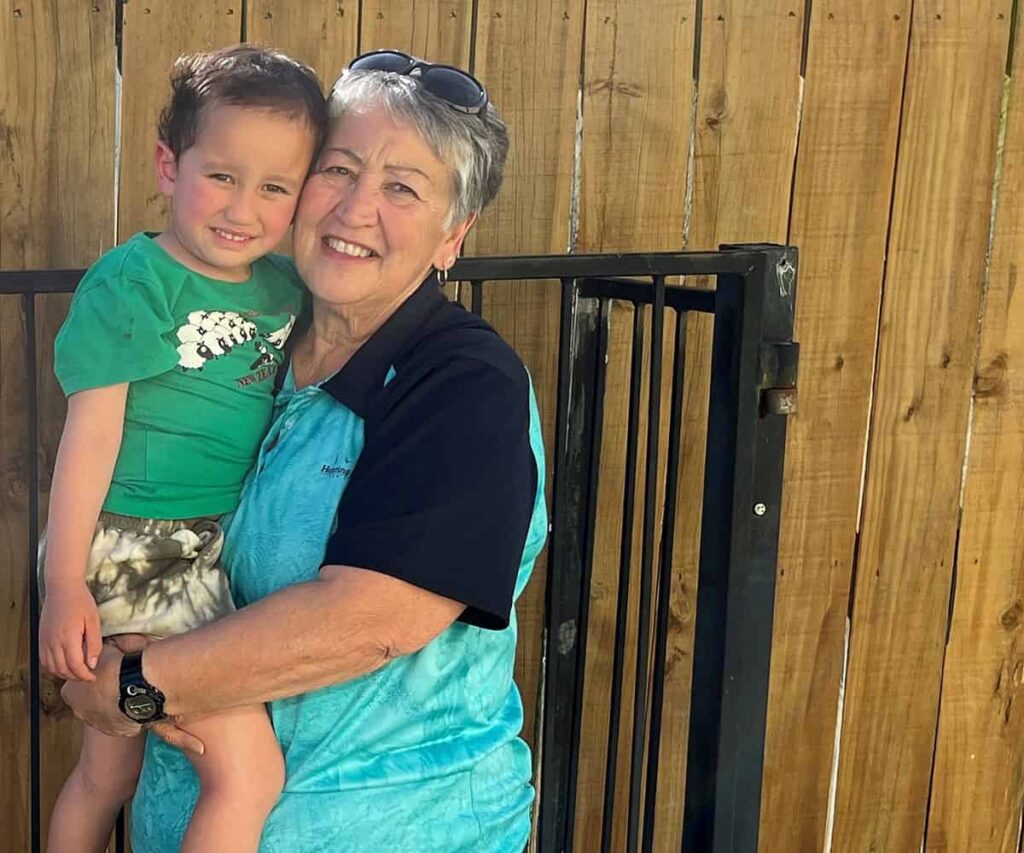
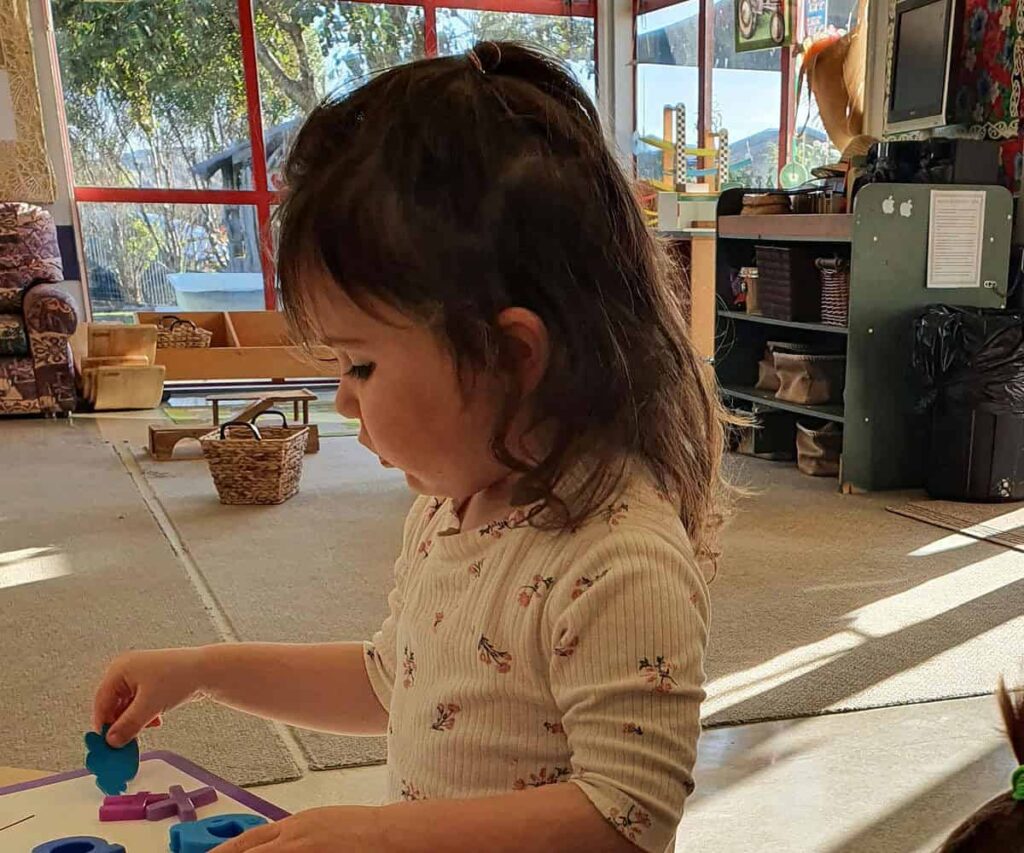
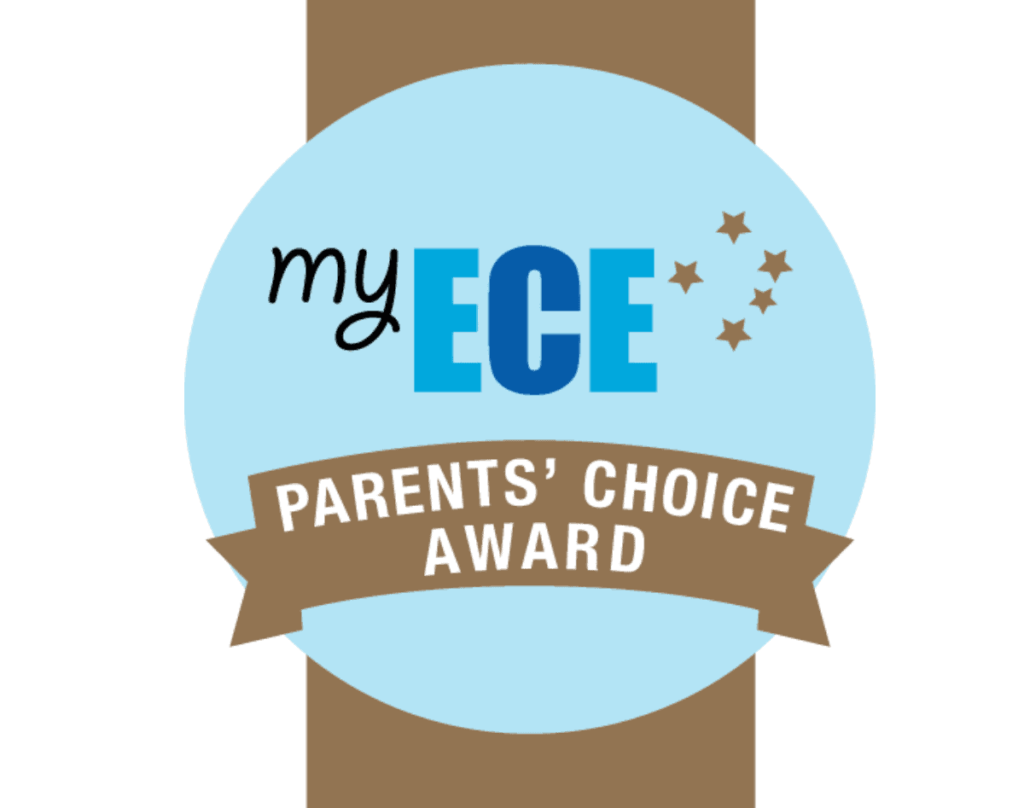
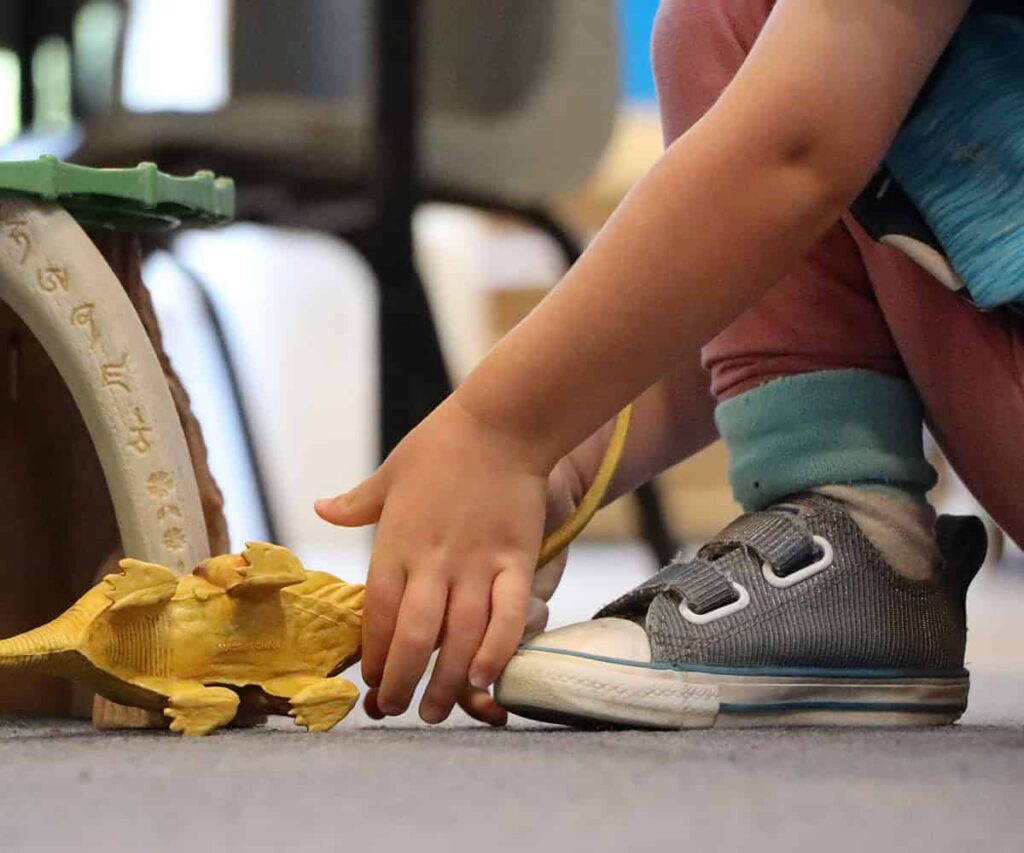
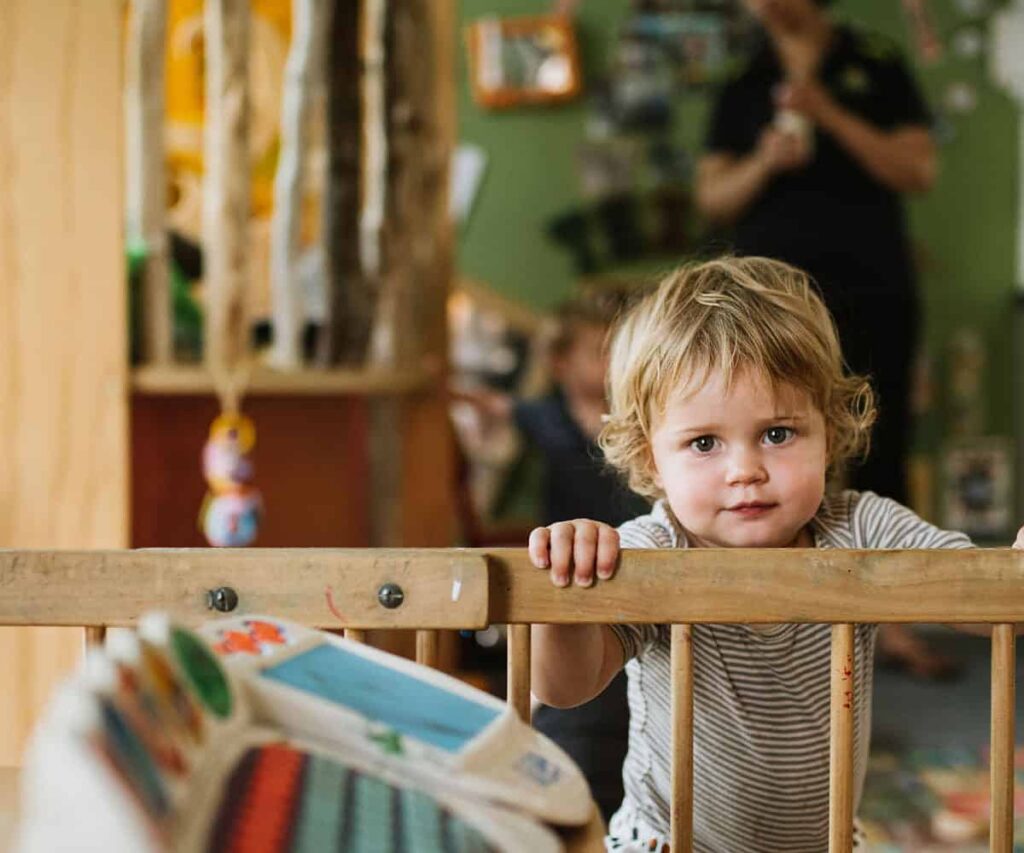
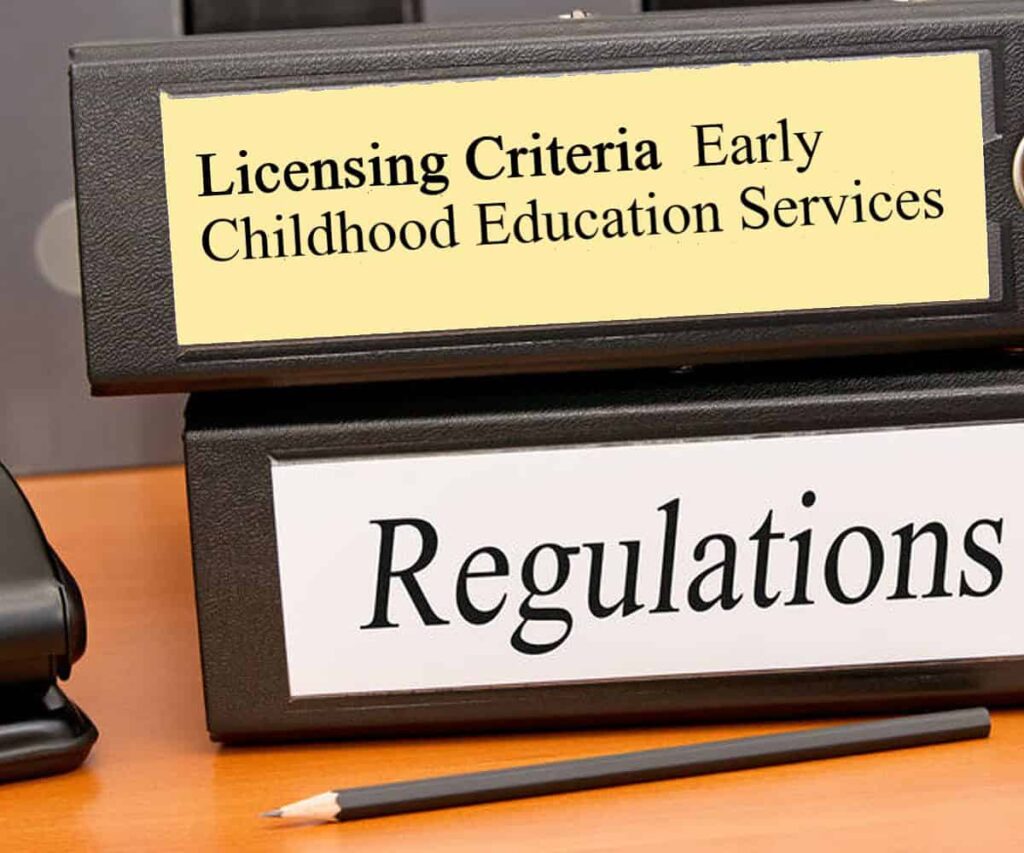
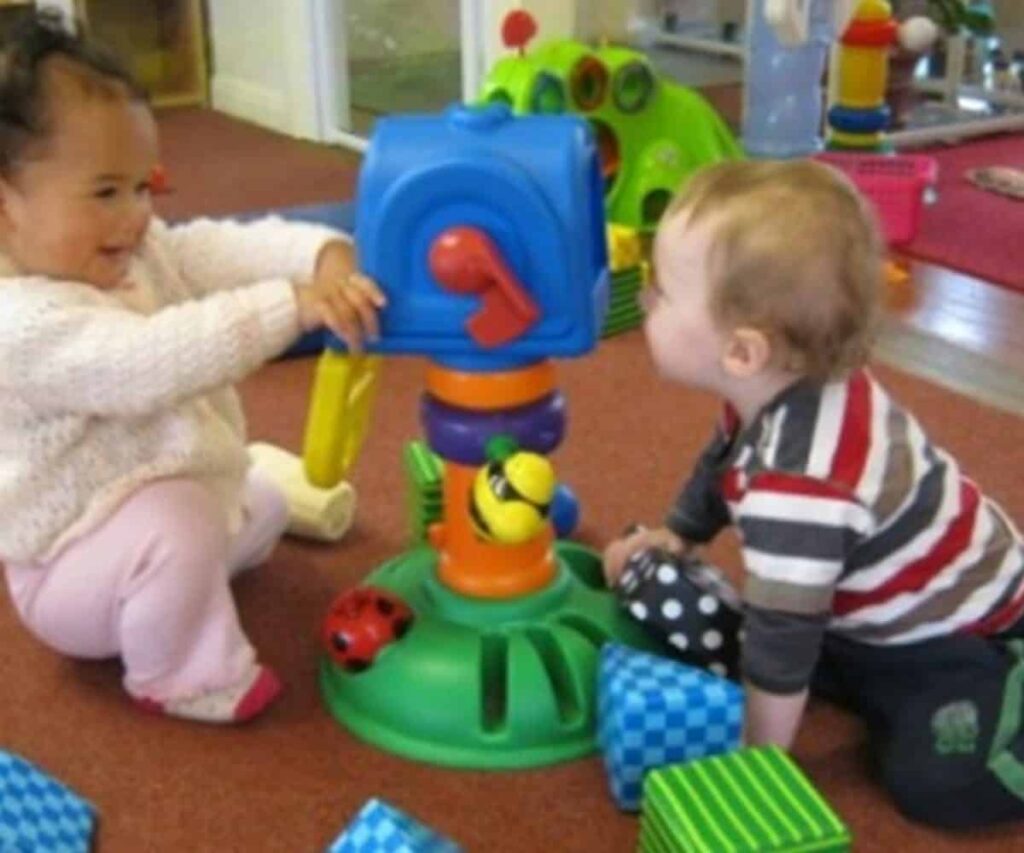
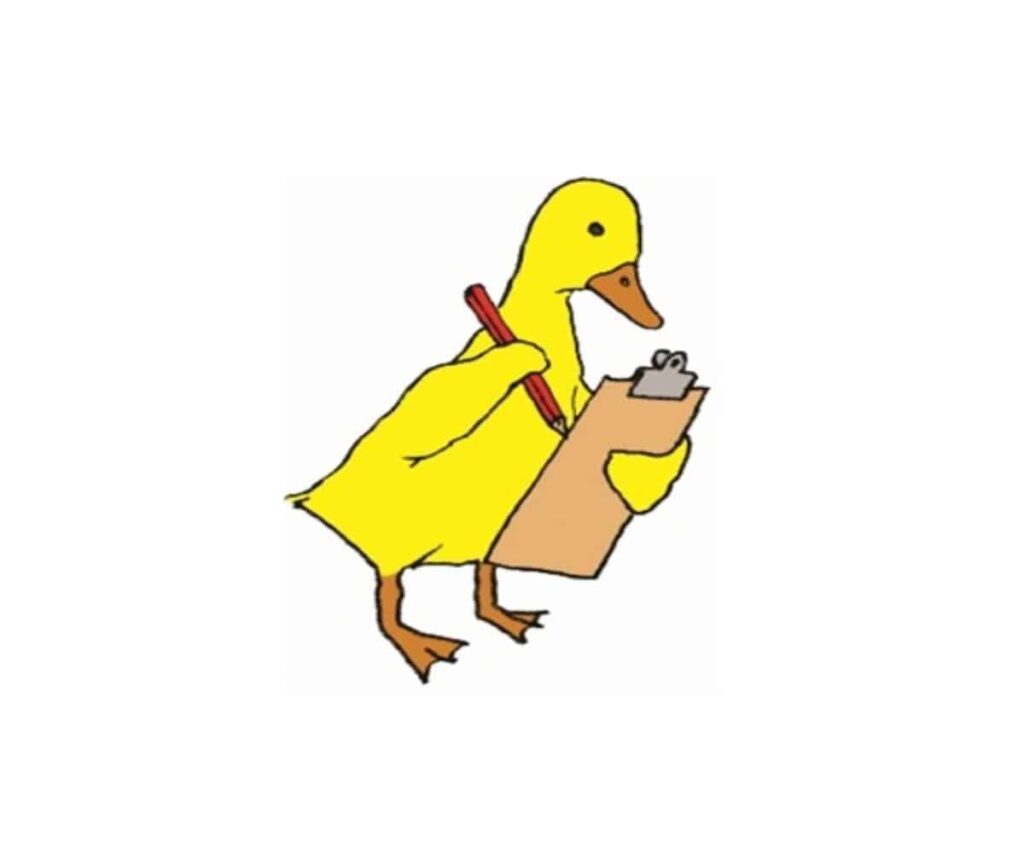
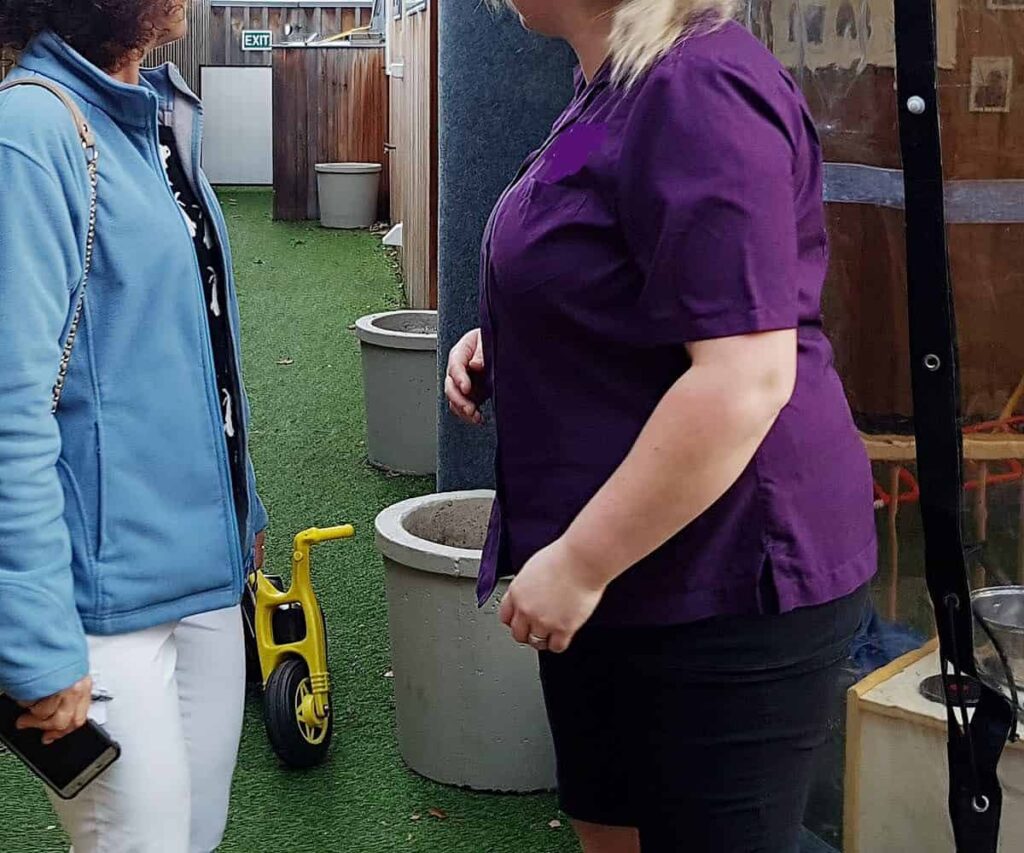
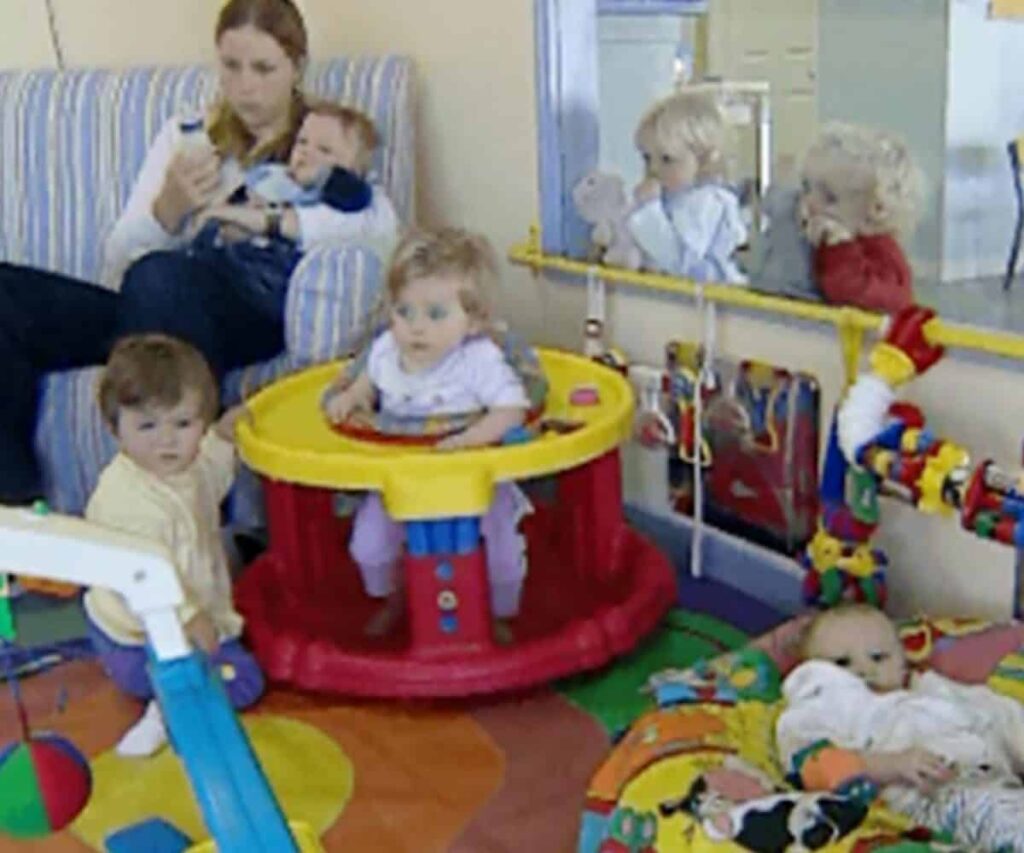
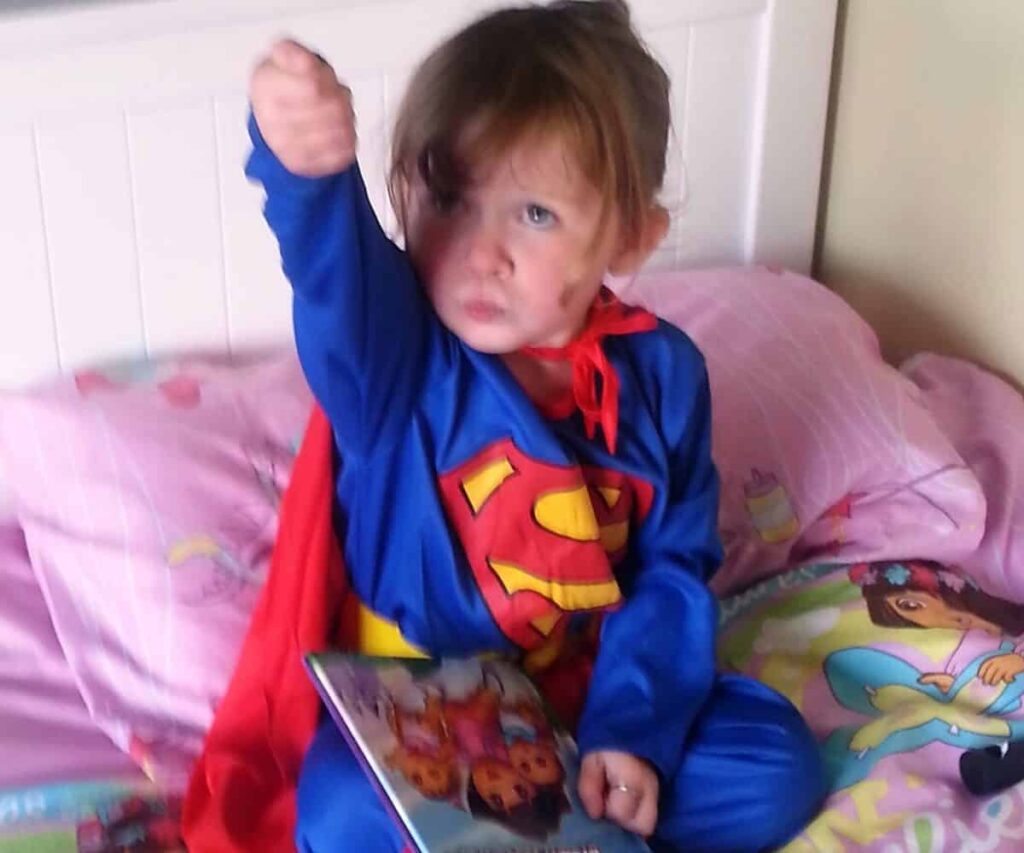
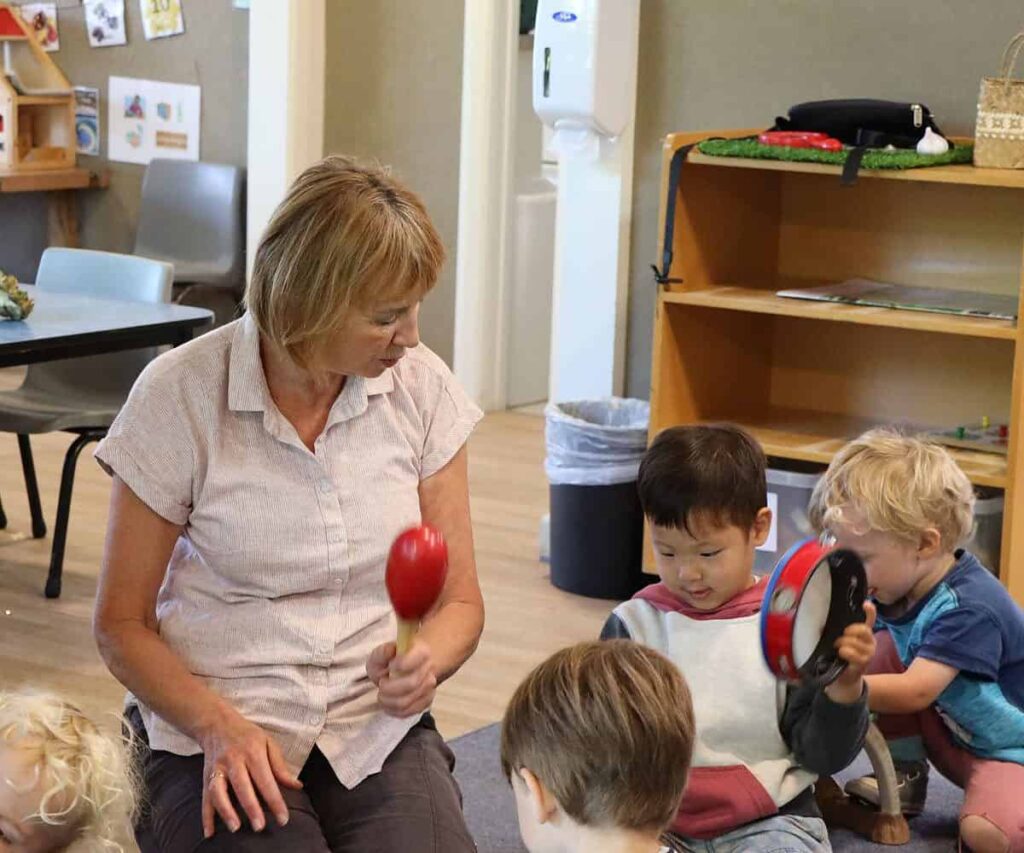
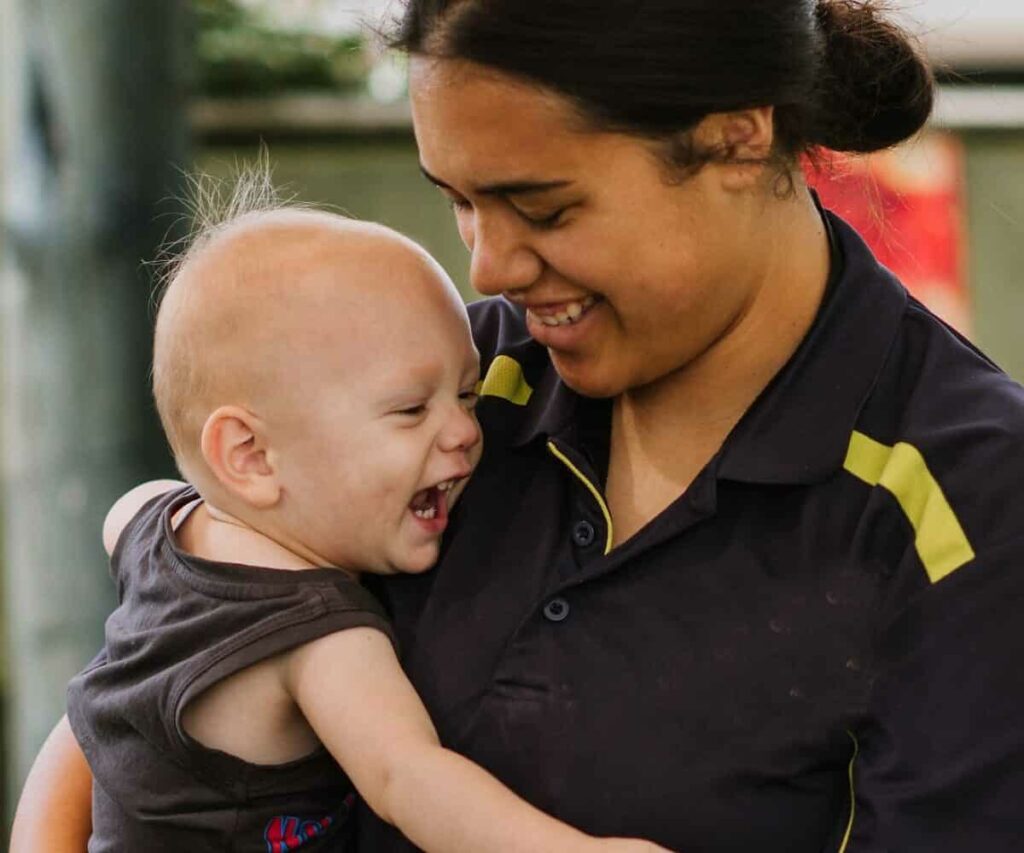
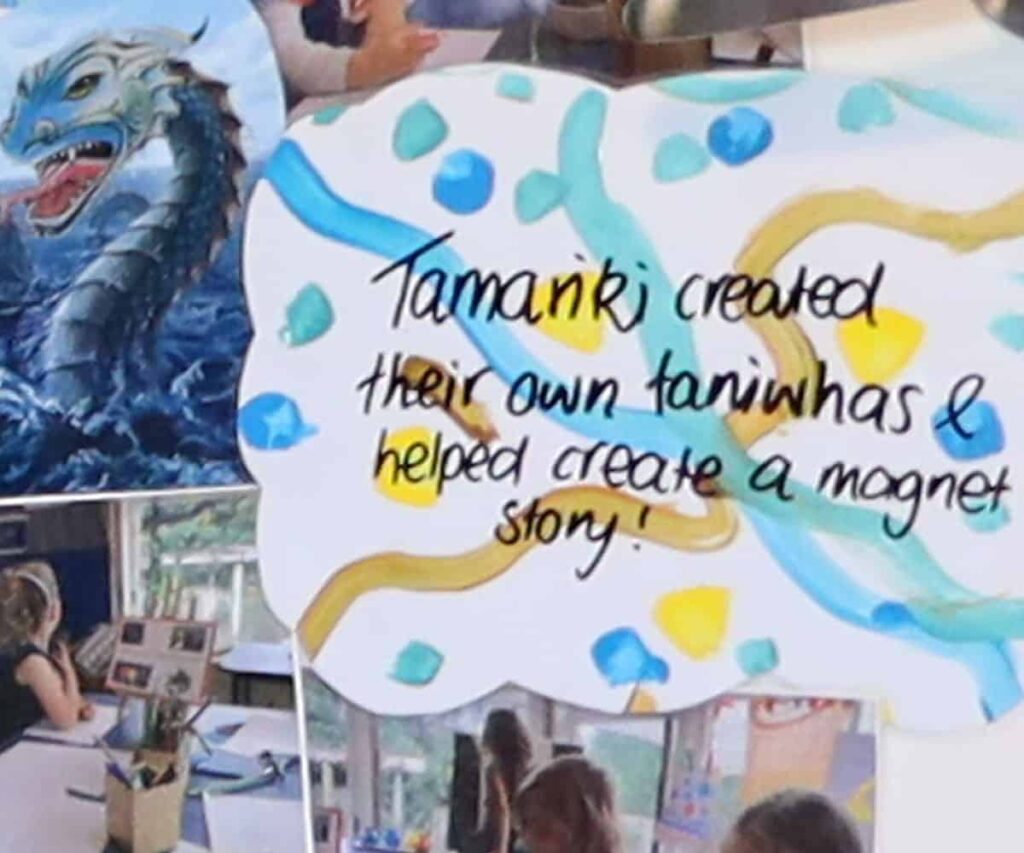

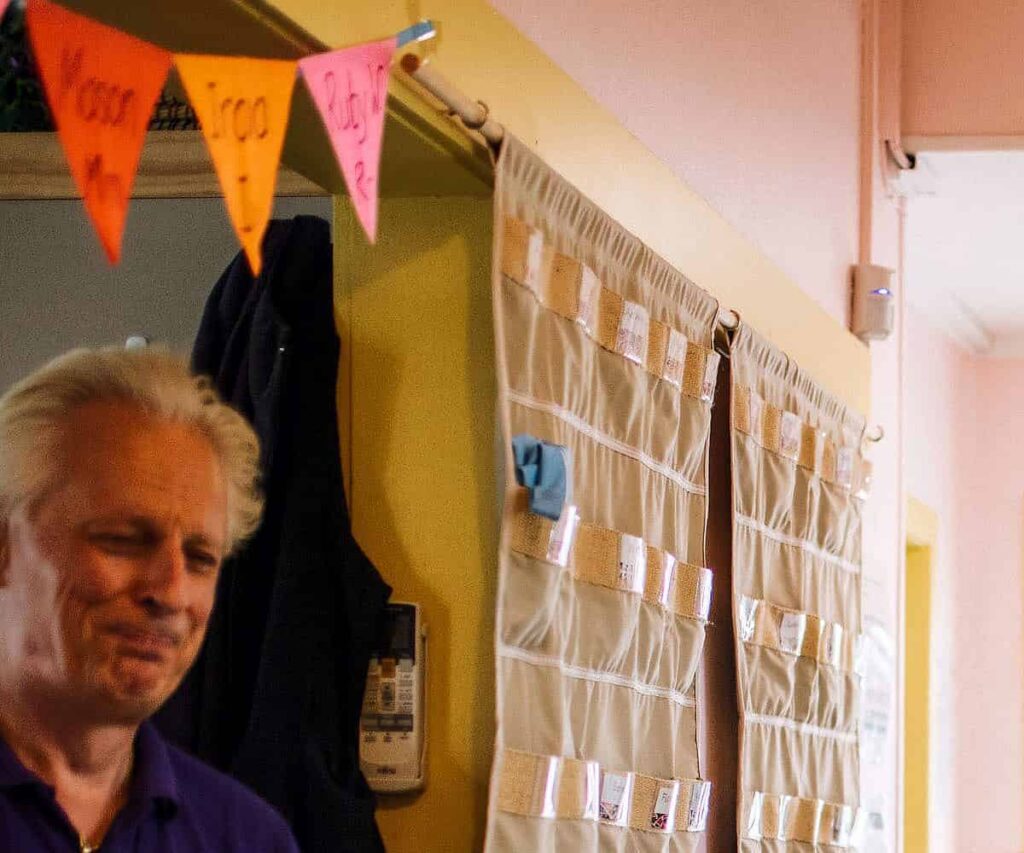
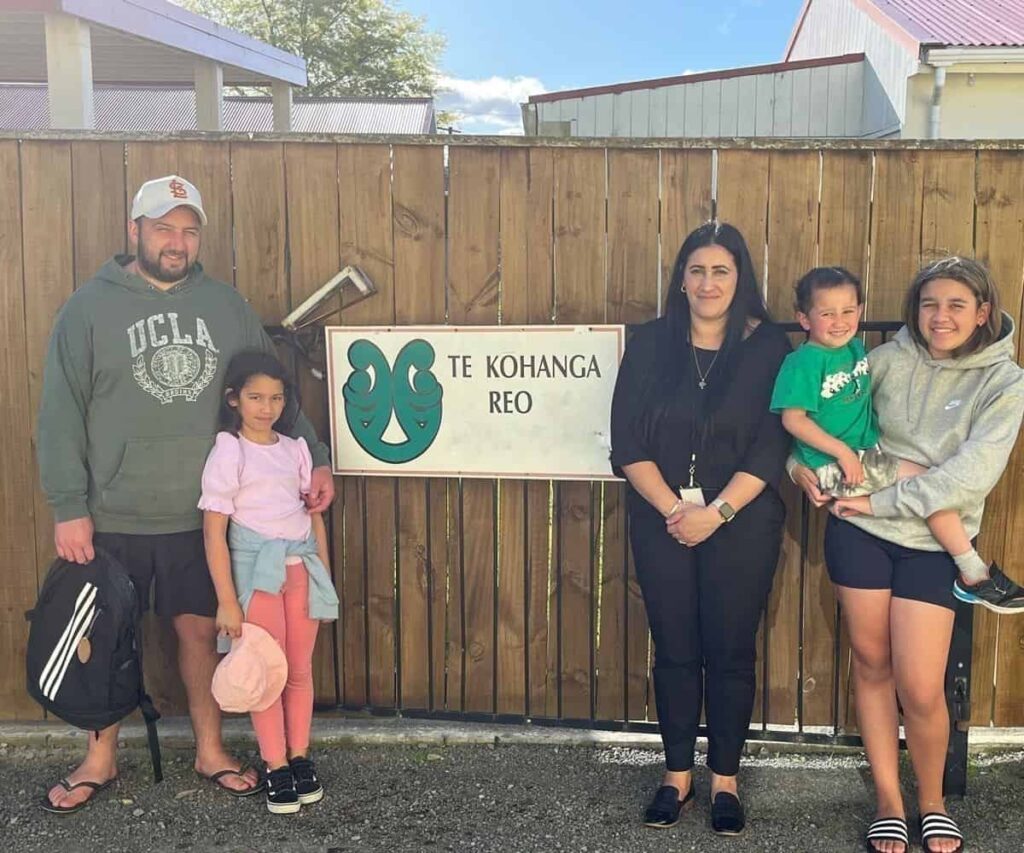



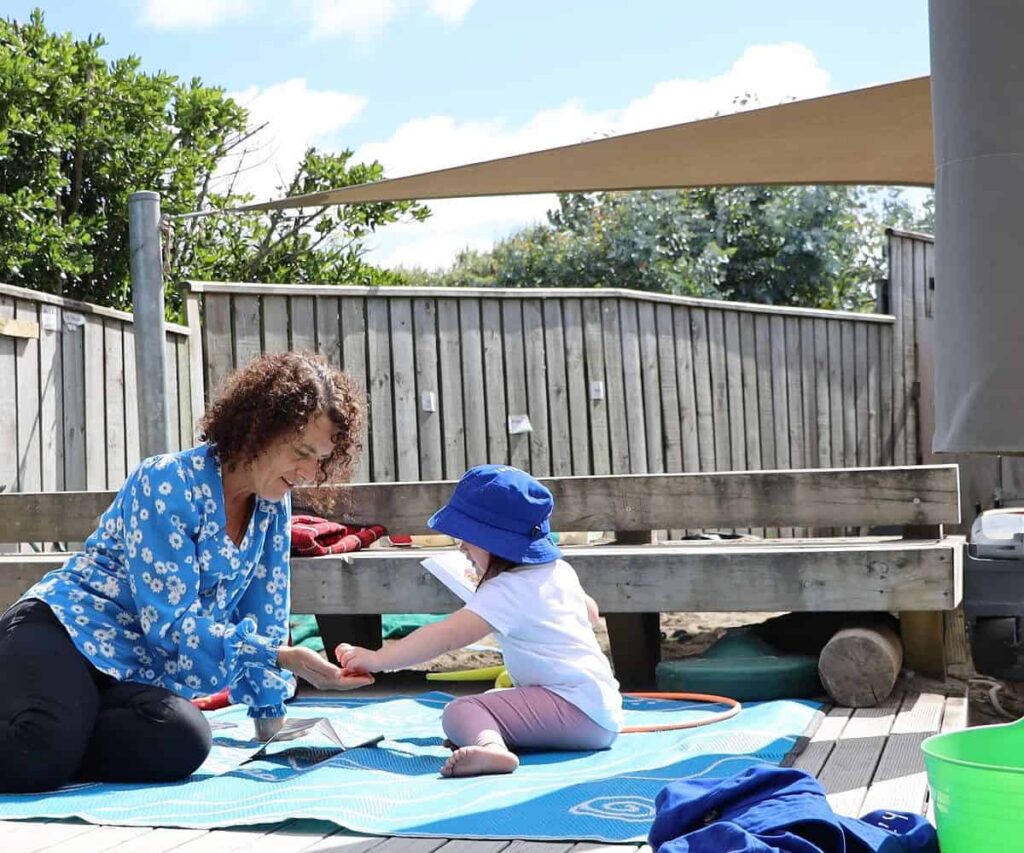
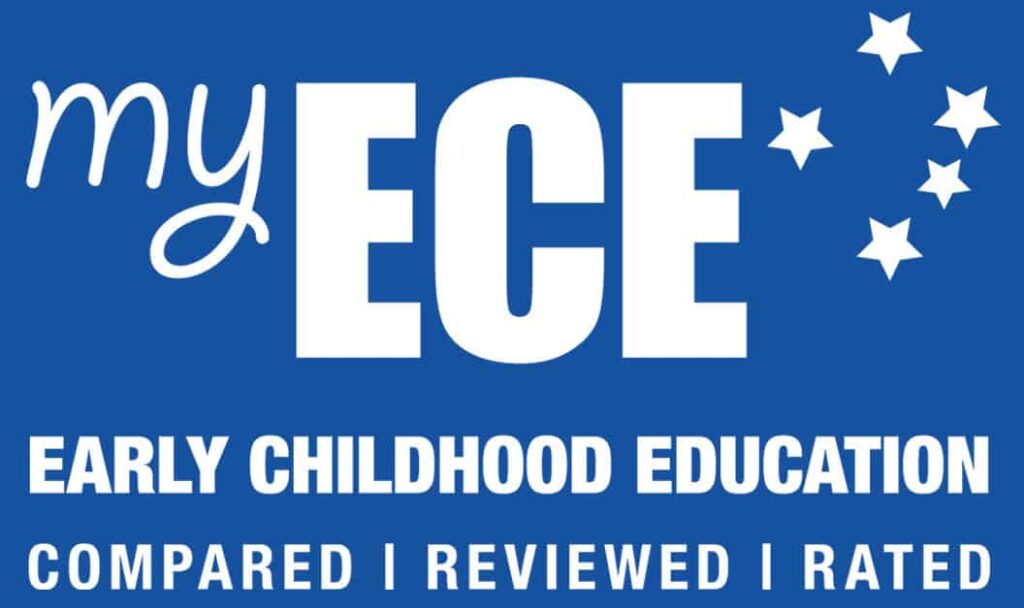
8 Responses
Is there to be a change to the Childcare Subsidy Rate from 1 April 2024?
The rates aren’t out yet. But it is expected that the rates will increase due to an annual general adjustment.
Do you know if WINZ will automatically apply these increases for those already receiving the subsidy?
We assume so – from 1 April 2024
What happens if the entitlement per week based on the household income is more than the discounted fee from the ECE centre? There will be no fees?
The subsidy then covers the fees – so then you should have nothing to pay. The centre may have other charges that are not technically ‘fees’ that you may be asked to pay e.g. money for trips/excursions
Hiya I want to know will WINZ automatically apply these rates changes for those already receiving subsidy?
Yes that should happen